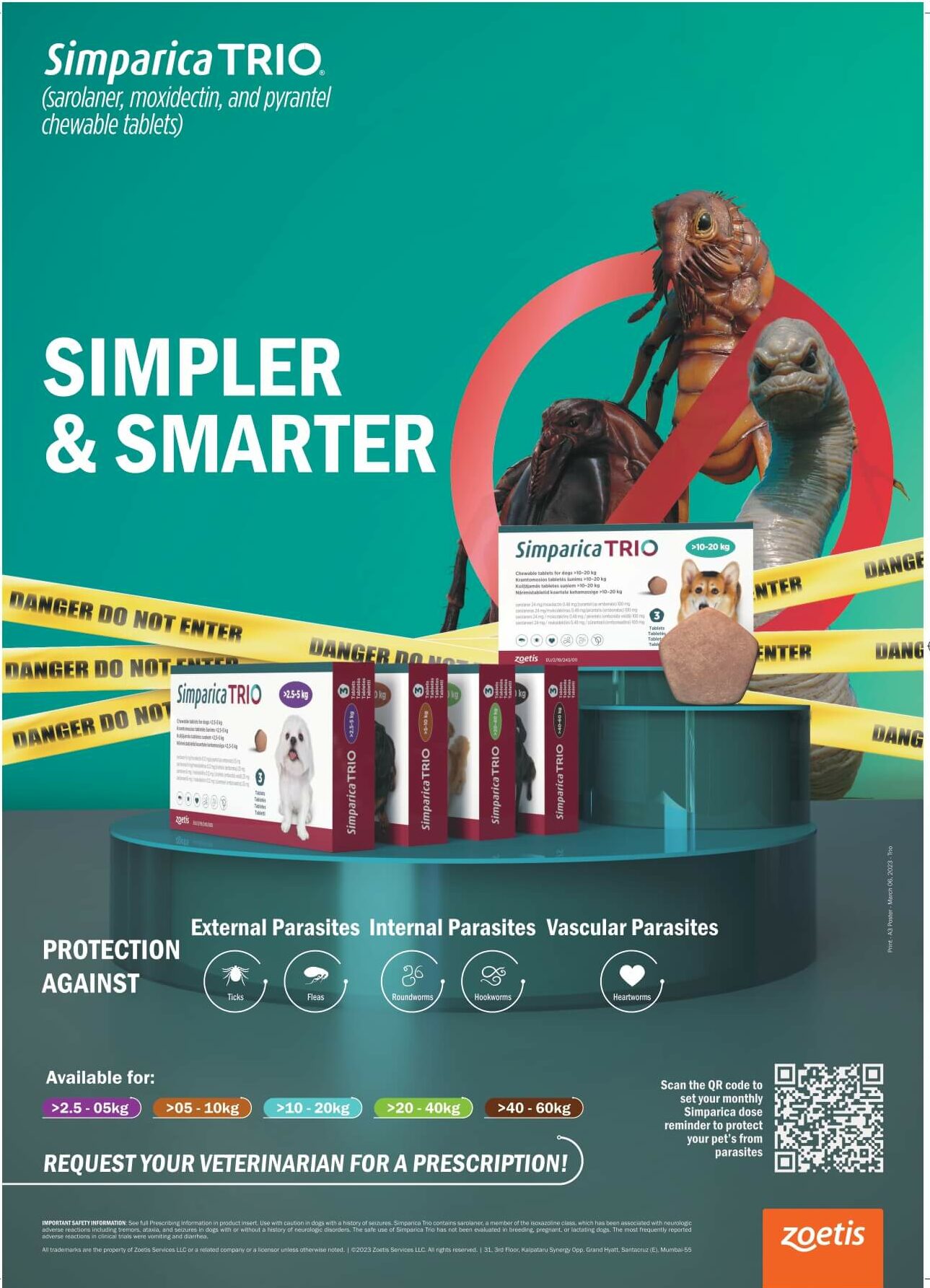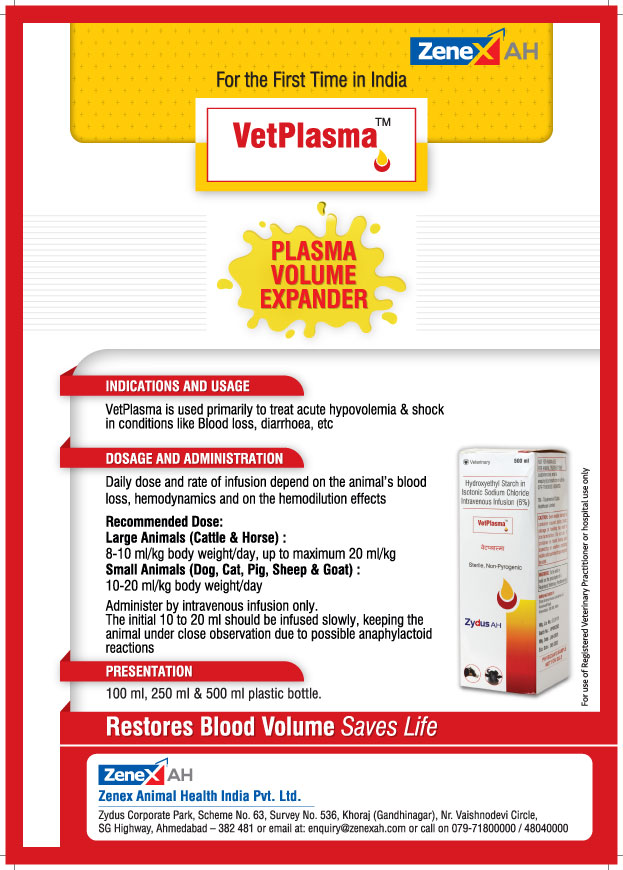
I have heard the term “distemper,” but I’m not sure of its meaning when it comes to dogs. Please help clear up the confusion. _ Prakash Joshi, Dehradun
Distemper is a viral disease that can cause severe illness and be deadly for pets. It often attacks the most vulnerable; unvaccinated puppies are at the highest risk of developing the most severe forms of the disease. Since the virus that infects dogs with distemper is different from the one that sickens cats and these viruses affect dogs and cats differently, it is regarded as two different diseases. The classic symptoms of canine distemper most commonly involve the respiratory tract and also include nasal discharge, conjunctivitis, cough and fever. These signs may progress to a viral or secondary bacterial pneumonia. Other signs such as decreased appetite, vomiting or diarrhea may occur. Hard thickening of the nose and footpads may also be seen in affected dogs. After the initial infection, signs of neurologic disease may occur for many weeks or longer. They typically include seizures, stiff twitching of the muscles, and a motion of the jaw that makes the pet look as if he is chewing gum. Puppies born to an unvaccinated mother are at the highest risk. Being sneezed on by an infected dog or having direct contact through licking are the most common ways for a healthy, adult dog to contract distemper. A veterinarian has many tests available to determine if the virus is present, such as testing of the blood or urine. Vaccination with the Canine Distemper Virus is the best weapon against infection. Along with Canine Parvovirus, Canine Adenovirus, and Rabies, it is considered to be a core vaccine for dogs. It’s recommended to administer the first dose of vaccine to puppies as early as 6-8 weeks of age with booster vaccines given every 2-4 weeks until the pup reaches at least 14-16 weeks. Since the last vaccine is the most critical, it’s essential to make sure your pet doesn’t miss a shot. Typically puppies need a booster one year later. The requirements for additional vaccines should be determined through risk assessment by the owner and the dog’s veterinarian. Thanks to widespread vaccination in the canine population, distemper is not seen as often as it used to be. Treatment of an infected dog is based on how severe the symptoms are. Some dogs may be able to receive supportive outpatient care but dogs with more severe signs may need hospitalization and intensive treatment (and should be kept in an isolation ward so they don’t infect other dogs).
The classic symptoms of canine distemper most commonly involve the respiratory tract and also include nasal discharge, conjunctivitis, cough and fever. These signs may progress to a viral or secondary bacterial pneumonia. Other signs such as decreased appetite, vomiting or diarrhea may occur.










 " >
" >
 " >
" >